New stadiums: Béjaia, Relizane and Algiers twice
source: StadiumDB.com; author: michał
 It’s only our second portion of stadiums from Algeria. While new ones are already under construction, it’s the ones with more history now.
It’s only our second portion of stadiums from Algeria. While new ones are already under construction, it’s the ones with more history now.
Advertisement
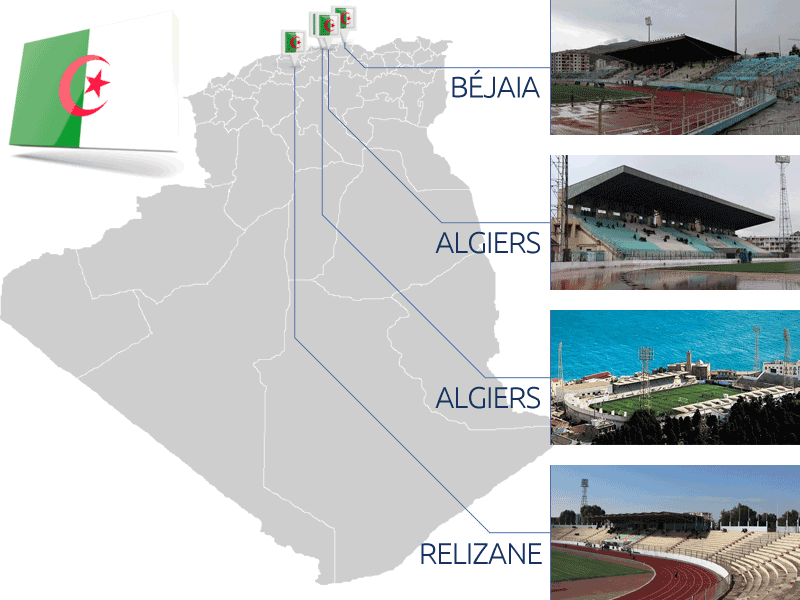
Stade de l'Unité Maghrébine, Béjaia (22 000)
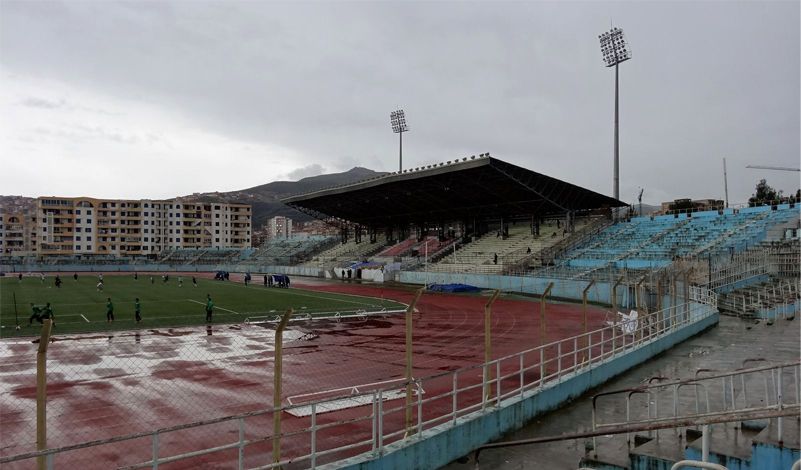
The main stadium in Bejaia is located west of the city centre. It consists of a series of small independent grandstands encircling the field and running track. Only the western main grandstand is a more solid, partially covered structure.
Until 2009 the stadium had a natural turf, which was then replaced with artificial one along with new running track surface.
West of the stadium is a complex of swimming pools, while the east has a secondary athletic stadium.
Stade Tahar Zoughari, Relizane (20,000)
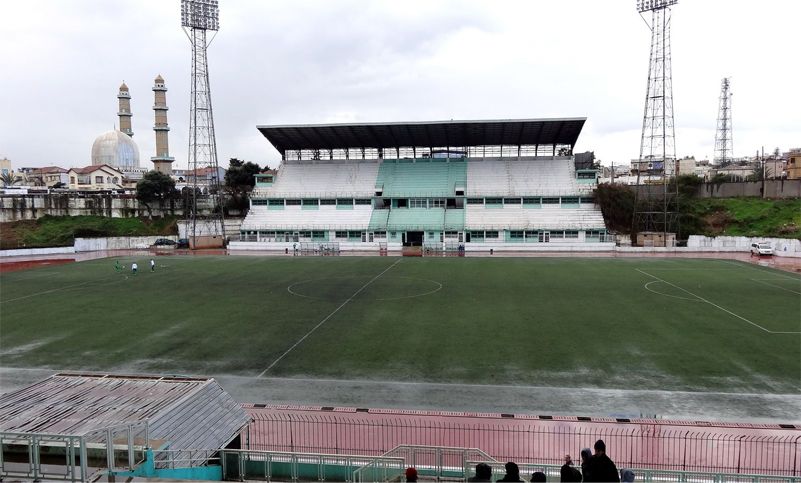
The stadium lies at the heart of Relizane and is part of a major complex with Olympic-sized swimming pool and a training field.
The structure is very traditional with landfill stands surrounding the running track on all sides, one exception being the demolished south end. Also, the western grandstand is made of concrete as it accommodates the players’ infrastructure.
The ground used to hold some 30,000, but currently has the size limited to 20,000 with 200 seats in the covered main stand. The building became a professional-league venue thanks to the use by Rapide Clube.
Stade Omar Hamadi, Algiers (12,000)
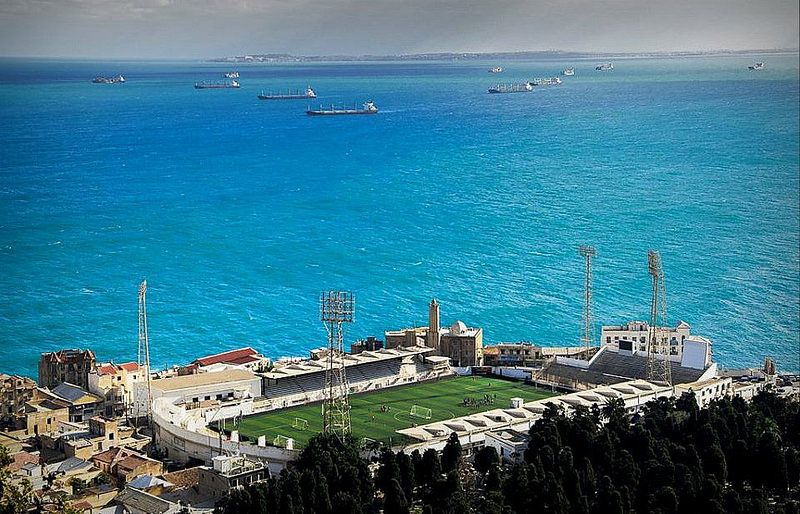
Built in 1935, this stadium in northern Algiers is known for being beautifully located. On one side it borders the Mediterranean Sea and on the other the hills of Saint Eugène. It was built with two stands along the sides, later being subject to several redevelopments.
The north side, which has most space for any expansion, received a double-tiered stand which was later severely damaged in the earthquake of 1980 and had to be demolished. The new north stand was built in 2000-2002.
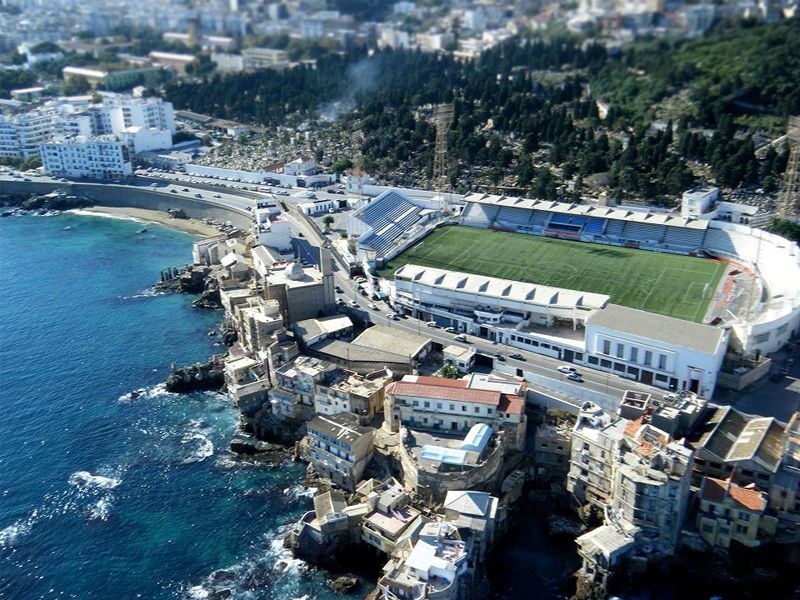
The south end is extremely tight due to crucial roads running along it and was only fitted with a small stand. Even the floodlight masts in the south couldn’t be erected symmetrically.
When the stadium was built, it belonged to the Saint Eugène commune. After Algeria gained independence in 1962, it was renamed Bologhine and so was the stadium. Ending the name transformation for now, in 1998 the building was also honoured with the name of Omar Hamadi, considered a great hero of the revolution.
Stade Mohamed-Benhaddad, Algiers (10,000)

It’s the biggest and best stadium in Kouba, eastern district of Algiers. The stadium was built in first half of the 20th century and was never completely renovated since. It did receive floodlights on four masts, but both stands retained their initial form.
In its heyday the capacity was estimated to be some 15,000-20,000 people, but now a lower number of 10,000 is considered safe to accommodate. The two concrete stands would most likely be identical or very similar if it wasn’t for lack of room on the south side. There a more narrow and higher stand was built, with two tiers instead of one.
Advertisement
 StadiumDB
StadiumDB